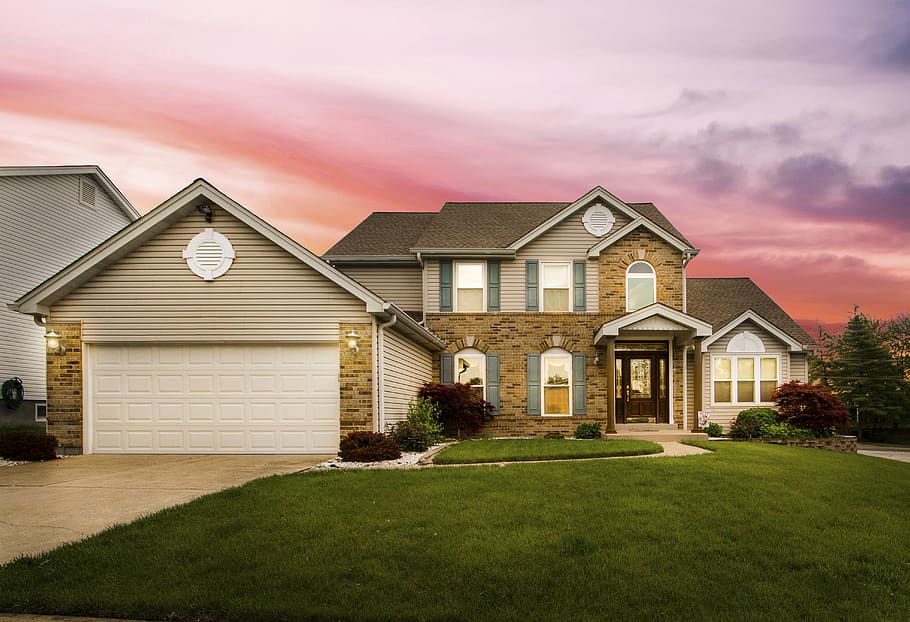Affordable housing is a pressing global challenge, with millions of people struggling to find safe and decent places to live. In addressing this issue, high-performance building materials play a pivotal role. These materials are not only designed for improved durability and energy efficiency but also hold the potential to make housing more affordable and accessible. In this article, we will explore the significance of high-performance building materials in the context of affordable housing.
The Affordable Housing Crisis
Before delving into the role of high-performance building materials, it’s crucial to understand the scope of the affordable housing crisis:
1. Global Issue: Affordable housing shortages affect countries worldwide, from developed nations to emerging economies.
2. Rising Costs: Rapid urbanization, population growth, and increased construction costs have driven up housing prices, making homeownership or even renting unaffordable for many.
3. Impact on Communities: Lack of affordable housing can lead to homelessness, overcrowding, and social disparities. Stable and affordable housing is a fundamental human need that influences overall well-being.
4. Environmental Impact: The construction and operation of buildings contribute significantly to carbon emissions. Affordable housing solutions should also consider environmental sustainability.
The Role of High-Performance Building Materials
High-performance building materials offer several advantages when it comes to affordable housing:
1. Cost-Efficiency: While some high-performance materials may have higher upfront costs, they often provide substantial long-term savings due to improved energy efficiency and reduced maintenance expenses.
2. Durability: High-performance materials are engineered to be durable and resilient, extending the lifespan of buildings and minimizing the need for costly repairs or replacements.
3. Energy Efficiency: Improved insulation materials, efficient windows, and energy-efficient appliances can reduce utility bills, making housing more affordable for occupants.
4. Sustainability: Many high-performance materials are eco-friendly, contributing to lower environmental impact and aligning with sustainability goals.
5. Innovation: High-performance materials encourage innovative construction practices that can lead to more efficient and cost-effective building processes.
Affordable Housing Solutions with High-Performance Materials
Here are several ways high-performance building materials can be integrated into affordable housing solutions:
1. Energy-Efficient Insulation:
Utilizing advanced insulation materials, such as aerogel or spray foam insulation, can significantly reduce heating and cooling costs in affordable housing units www.a1-cladding.co.uk. This translates to lower utility bills for residents.
2. Low-Impact Foundations:
In areas with poor soil quality or flood-prone regions, elevated foundations or innovative foundation systems can mitigate risks and reduce construction costs.
3. Prefabricated Components:
Prefabrication and modular construction techniques, in combination with high-performance materials, can expedite construction timelines and lower labor costs.
4. Renewable Energy Integration:
Affordable housing units can incorporate solar panels or solar water heaters to generate renewable energy and further reduce electricity bills for residents.
5. Rainwater Harvesting:
High-performance roofing materials can be combined with rainwater harvesting systems to provide an additional source of water for residents, reducing water expenses.
6. Green Building Certifications:
Designing and constructing affordable housing projects to meet green building certifications, such as LEED or ENERGY STAR, can lead to financial incentives and lower operational costs.
Case Studies in Affordable Housing
Several case studies illustrate the successful use of high-performance building materials in affordable housing:
1. ZNE Affordable Housing, California, USA:
Zero-net-energy (ZNE) affordable housing projects in California incorporate high-performance insulation, energy-efficient appliances, and rooftop solar panels to achieve near-zero energy consumption. This not only reduces operational costs for residents but also aligns with environmental sustainability goals.
2. Passive House Social Housing, Frankfurt, Germany:
In Frankfurt, social housing projects have embraced passive house principles, which focus on exceptional energy efficiency through high-performance materials, superior insulation, and mechanical ventilation. This approach results in comfortable and affordable housing with minimal energy bills.
3. Sustainable Social Housing, Singapore:
Singapore has introduced sustainable and affordable housing solutions that include features like green roofs, solar panels, and energy-efficient design. These initiatives aim to provide low-income residents with environmentally friendly and affordable homes.
Challenges and Considerations
While high-performance building materials hold promise for affordable housing, there are challenges and considerations to address:
1. Initial Costs: Some high-performance materials may have higher upfront costs, requiring innovative financing models to make them accessible for affordable housing projects.
2. Skilled Labor: Implementing high-performance materials often requires skilled labor, which can be limited in some regions. Training programs may be necessary.
3. Maintenance: While high-performance materials are designed to be durable, proper maintenance is essential to ensure their long-term effectiveness.
4. Regulations and Codes: Building codes and regulations may need to be updated to accommodate the use of high-performance materials and promote their adoption in affordable housing.
Conclusion: Building a More Affordable and Sustainable Future
The use of high-performance building materials in affordable housing holds immense potential to address the global housing crisis. By integrating these materials into affordable housing projects, we can create homes that are not only cost-efficient for residents but also environmentally responsible and resilient. This approach benefits individuals, communities, and the planet, offering a path toward a more affordable and sustainable future for all.

